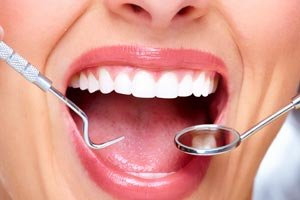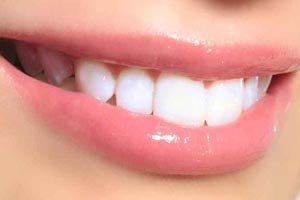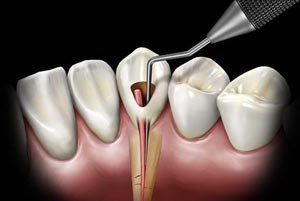Kid Dental Care
When should my child first see a dentist?
The dental associations in most countries have reason to recommend children to see a dentist 6 months after the eruption of the first tooth, which usually is around age 1. But in the practical experience it has been found children at this age are really too young. Hence the general, unwritten consensus of dentists recommends the regular dental visits to start closer to age 3, unless parents prior to this age notice some abnormalities. Starting children very young can also prevent many dental problems by early intervention. Children have unique dental needs. No teeth, to baby teeth, to losing teeth, to permanent teeth, typically occur in about the first 12-14 years. That is a lot of change. Care is necessary to ensure your child passes through these phases in life and enters adulthood with a strong, healthy mouth.
Don't Wait Until It Hurts
Periodontal (Gum) disease is painless. It affects 87% of the population, and often victims are unaware. There are warning signs for you to be aware.
- Do your gums bleed when you brush your teeth or toothpick between them?
- Are your gums red, swollen, or tender?
- Are your gums pulling away from your teeth?
- Do you see pus between your teeth and gums when the gums are pressed?
- Are your permanent teeth loose or separating?
- Is there any change in the way your teeth fit together when you bite?
- Is there any change in the fit of your partial dentures?
- Do you have bad breath?
If you answered yes to one or more of these questions, act now and keep your teeth for a lifetime.
Crisis Treatment Many people don't see a dentist on a regular basis. They go only when they feel they have a problem. This can be categorized as "crisis treatment" as opposed to "preventive treatment". These patients consider saving money, but eventually end up paying many times over in treatment costs, like root canal treatment and crown. The reason for this is that most dental problems like tooth decay are preventable by fillings by early intervention. These problems don't have any symptoms until they reach the advanced stages.
Dental Decay - Cavities and Prevention
Fluoride has been a great benefit to patients of all ages in helping prevent dental decay. Regular brushing and flossing lowers the chance of developing “cavities." However, the most decay-prone areas of teeth are the grooves and depressions on the chewing surfaces of the back teeth, which require further preventive care.
Some Dental problems are easy to see - Plaque
One of the easiest problems to spot is a build-up of plaque. Plaque is the soft, sticky layer of bacteria, which is constantly forming on the teeth. Usually it is invisible to the naked eye, but when a person is not brushing adequately, it can build up to where it appears to be a thick whitish coating on the teeth at the gum line. If not removed, it can lead to gum disease.
Bad Breath and Gum Disease
Bad breath can have several causes. By far, the most common causes relate to dental problems, primarily gum disease and tooth decay. The first step is making sure the mouth is free from infection (decay and gum disease are infections). Next, home care needs to be reviewed to make sure that all sources of bacteria are controlled, from brushing and flossing techniques to tongue cleaning. Occasionally, a medical consultation is necessary to rule out sinus or digestive disorder. If that is still not the reason, there are special mouth rinses that are made to neutralize the compounds that you smell. Gum disease is treatable and preventable
Need for Caps, crowns, inlays, and onlays:
Crowns, inlays, and onlays are all made in a laboratory. These are all ways to fix tooth that has been damaged by fracture or decay. Caps and crowns are the same thing. To place these restorations, two visits are needed. At the first visit, the tooth is prepared, the impression is taken, and a temporary restoration is made and placed. At the second visit, the temporary is removed and the permanent restoration is placed. For cavities that are a little larger, fillings are harder to place well, particularly white fillings. For that reason, an inlay, this is made outside the mouth and cemented in place, will work better and last longer.
If part of the remaining tooth structure is weak, then the restoration can be made to wrap around that part. This supports the weak section and prevents it from breaking. If only part of the tooth needs to be protected, then it is called an onlay. If the entire tooth needs to be covered, it is a crown.













